🇹🇭 THAILAND | Thai Dance: I-Nao
โพสท์โดยInao as Living Cultural Heritage in Contemporary Thailand ![]()
ละครรำ อิเหนา 📷Credit: Jira À Lunettes (อาลูแนตละครรำ, La Danse d ' À Lunettes)
✦ Inao (อิเหนา) is Thai literature influenced by the Javanese tale "Panji" by there is evidence that this tale came into Thailand in the late Ayutthaya period.
The author of this literature is Princess Mongkut the daughter of King Borommakot, The princess who received inspiration from the Panji tales of Pattani women who were servants. By which the version known is the version of King Rama II because it is a version with beautiful content. The content in Inao is the love story of "Inao"
✦ The stories of Javanese cultural hero, Prince Panji Inu Kertapati, dating from the 13th century, mark the development of truly Javanese literature that was no longer overshadowed by the great Indian epics, the Ramayana and Mahabharata.
✦ The Panji tales were spread by merchants along the trading routes, became one of the most popular forms of literature in Southeast Asia during the 17th and 18th centuries, and crossed the borders to the Malay region where they are known as “Hikayat”. The tales further spread to Vietnam, Thailand, Myanmar, Laos, and Cambodia. The Panji influence is described by renowned scholar Adrian Vickers as “a Panji civilization in Southeast Asia.”
✦ The Panji story originated in East Java and subsequently spread to many regions of Southeast Asia. The story has been acknowledged as part of world heritage by UNESCO since 2017 when the collections of Panji manuscripts were included in the UNESCO Memory of the World Register.
✦ The Panji story was introduced to Thailand around the eighteenth century, at which time two Thai Panji versions were first composed, titled Inao, or Inao Lek, and Dalang, or Inao Yai.
The two Inao stories have flourished and have been a part of Thai arts and culture since. To this day, the two stories remain alive as a part of Thai cultural heritage. Of the two stories, the version titled Inao is more popular than Dalang, as many new productions of the Inao have appeared, for example, as novels, TV series, stage plays, and pop songs, together with traditional representations.



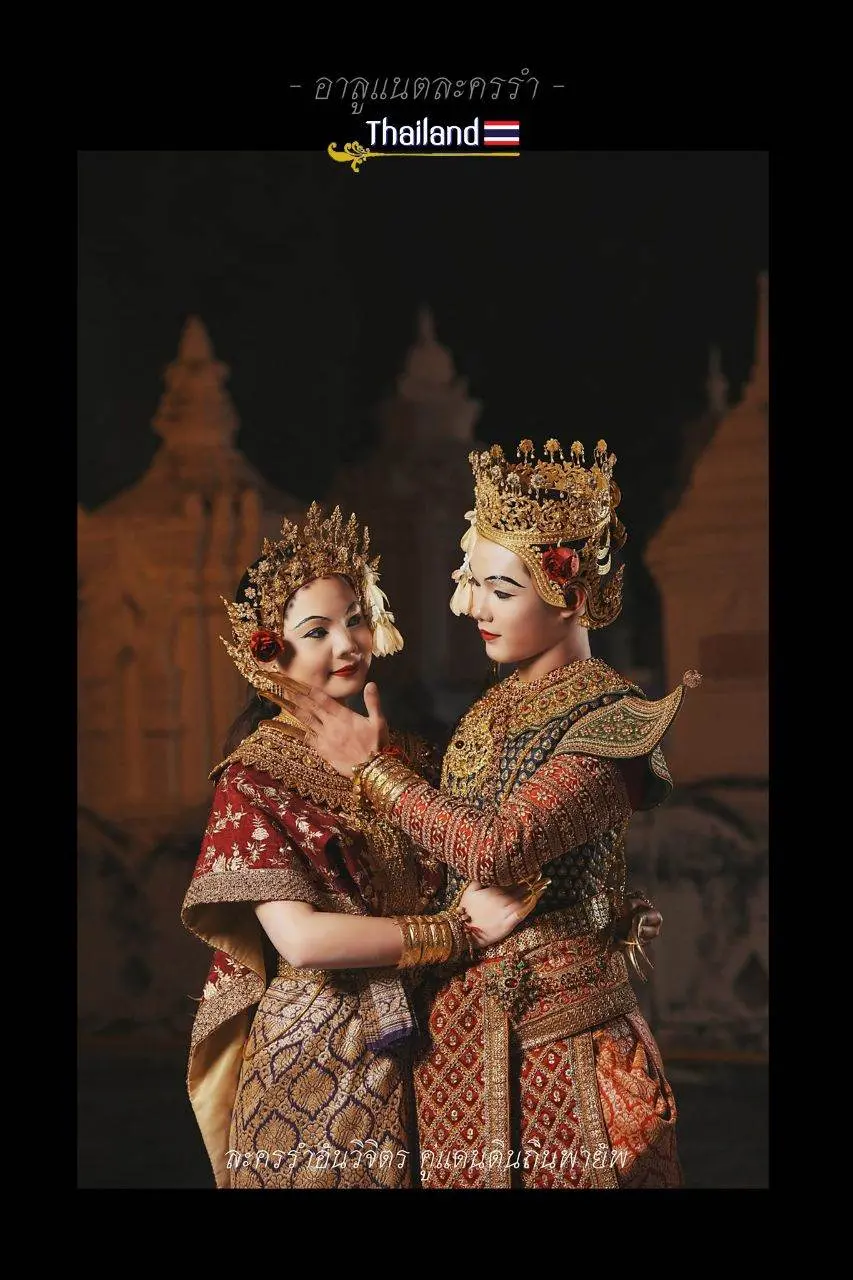
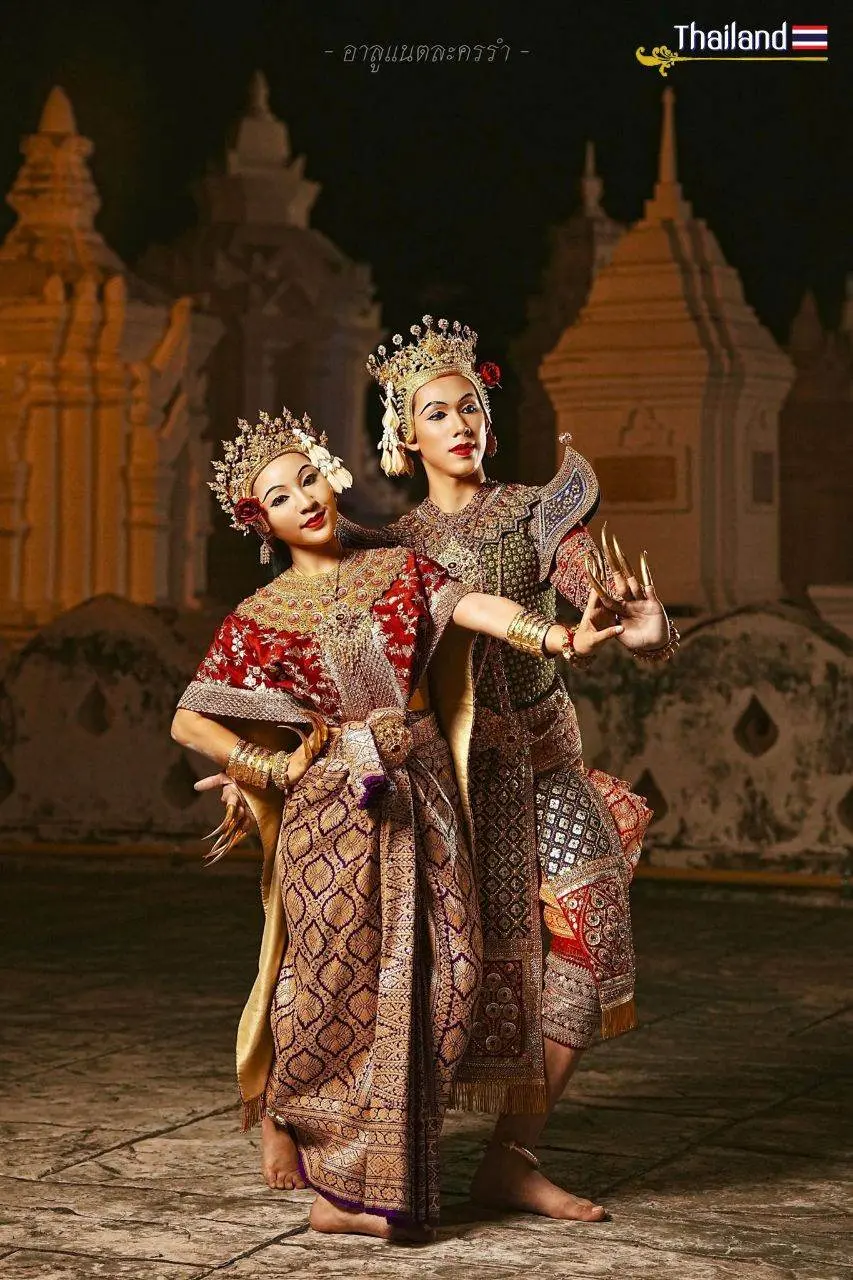
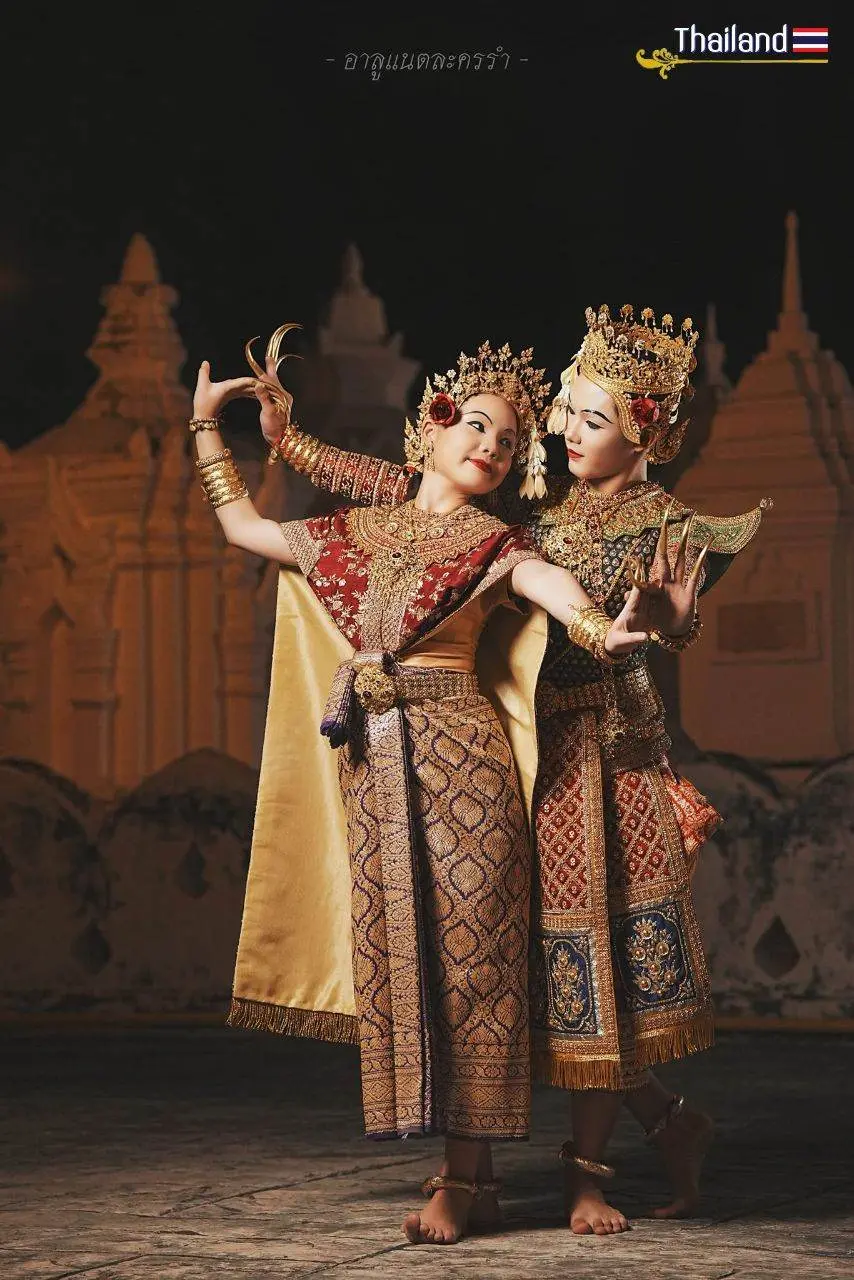
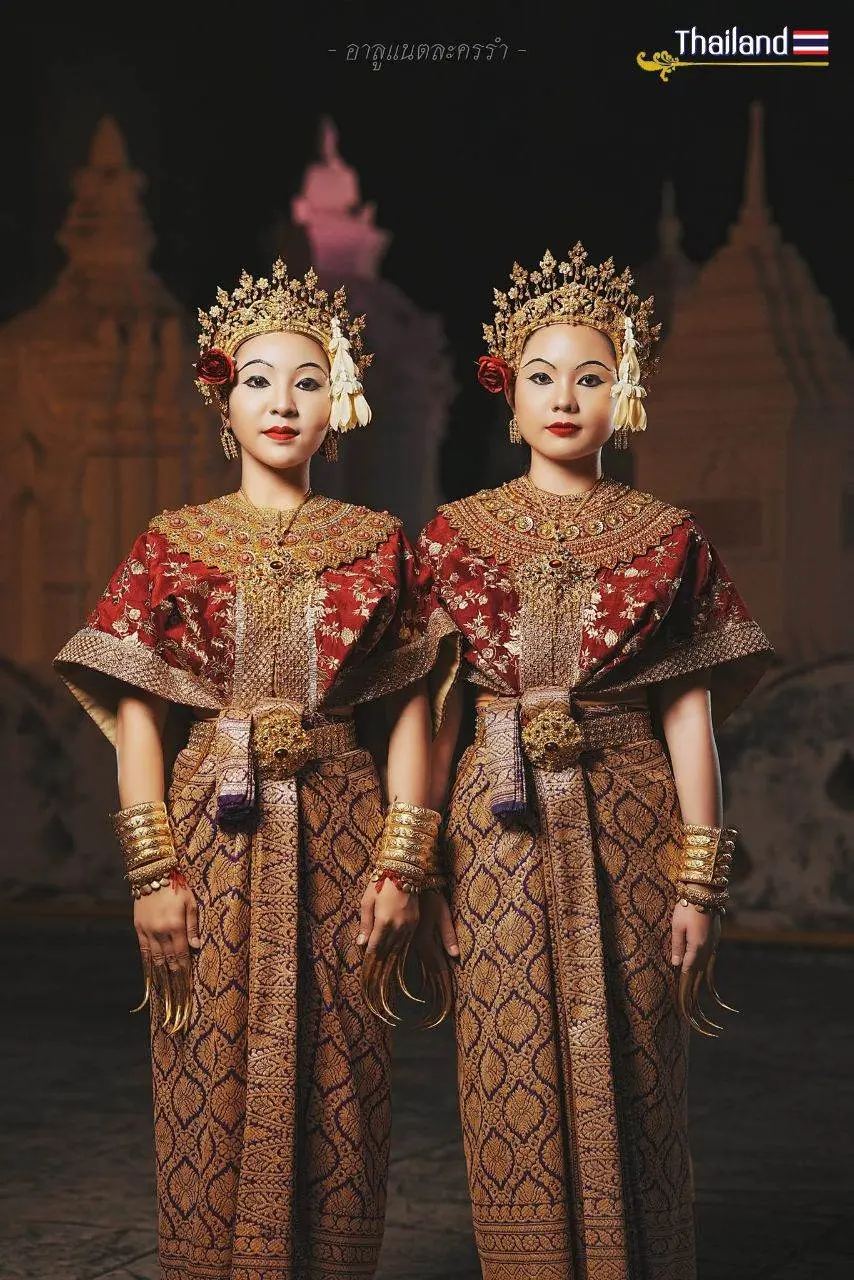
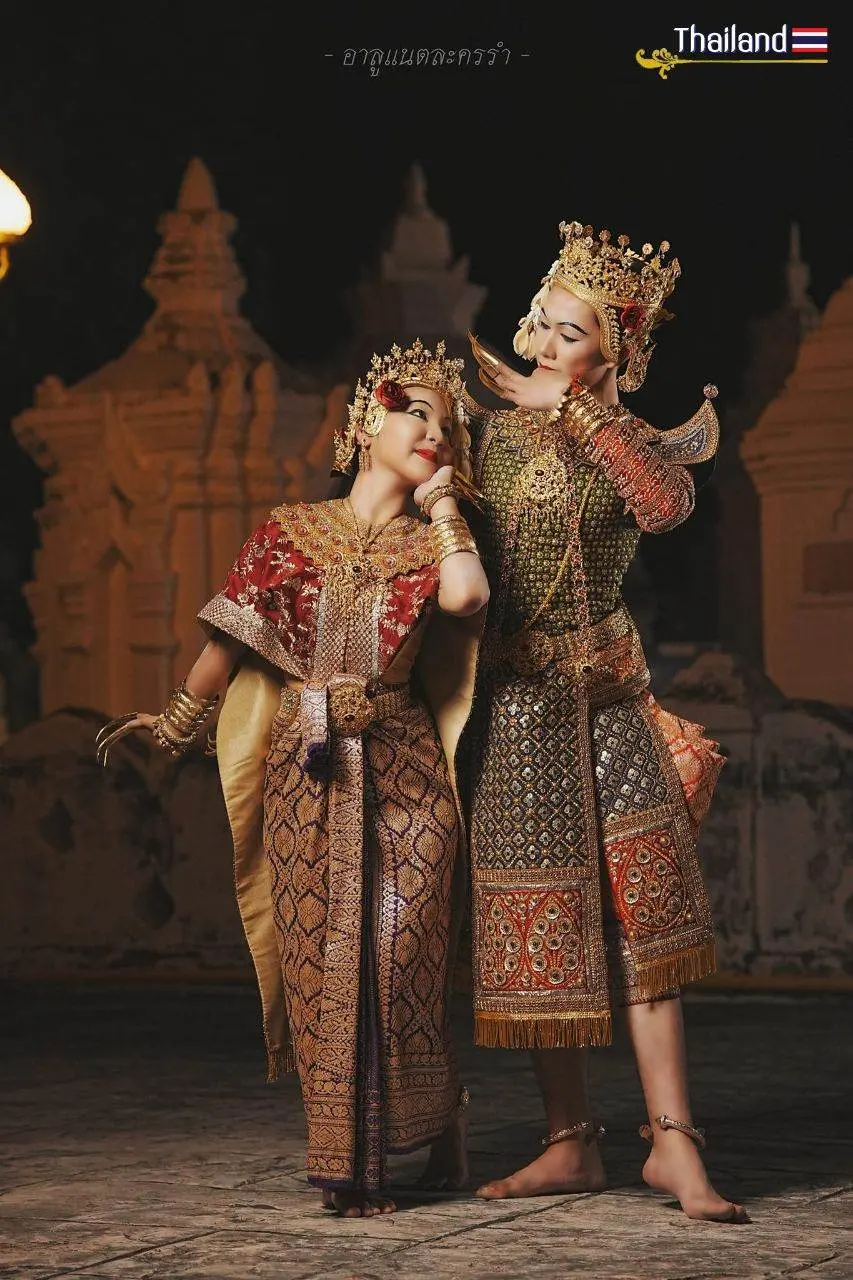
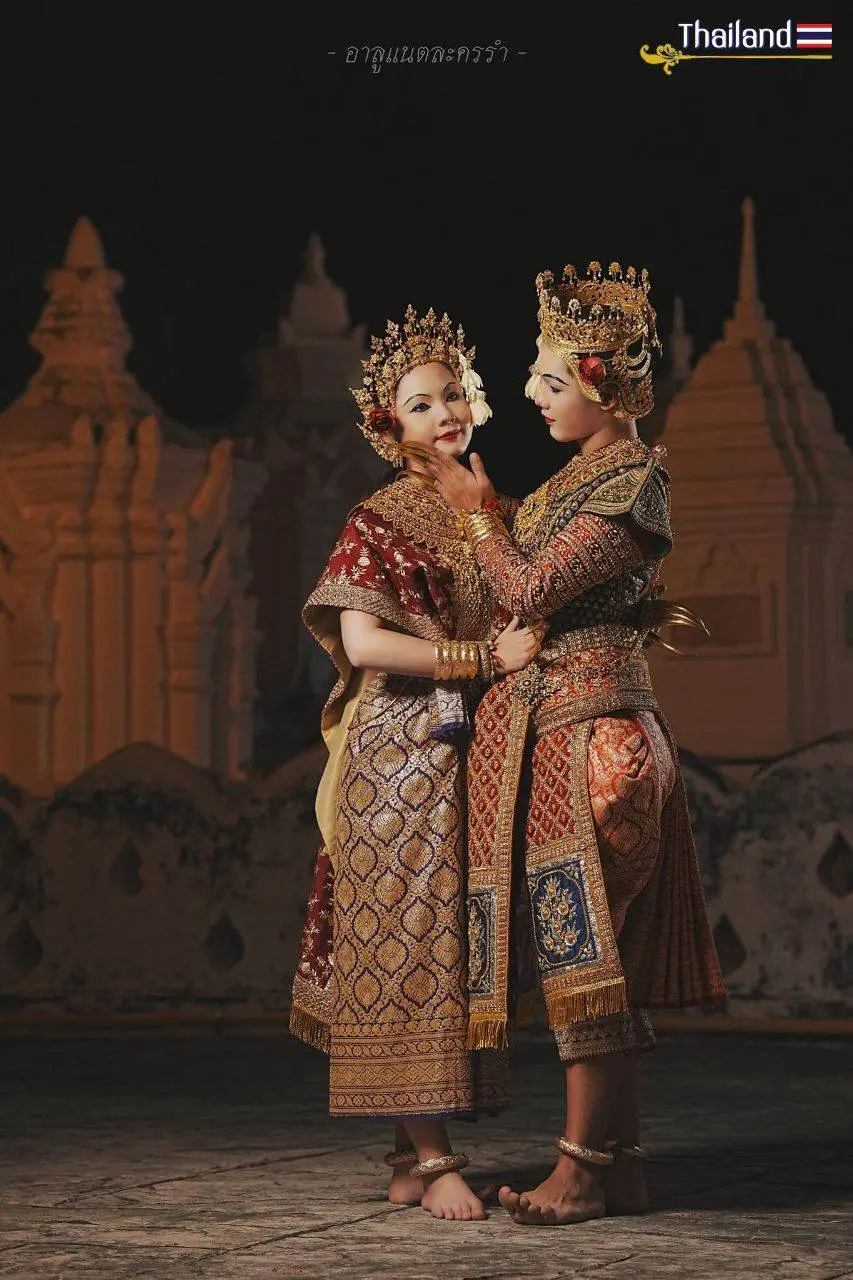
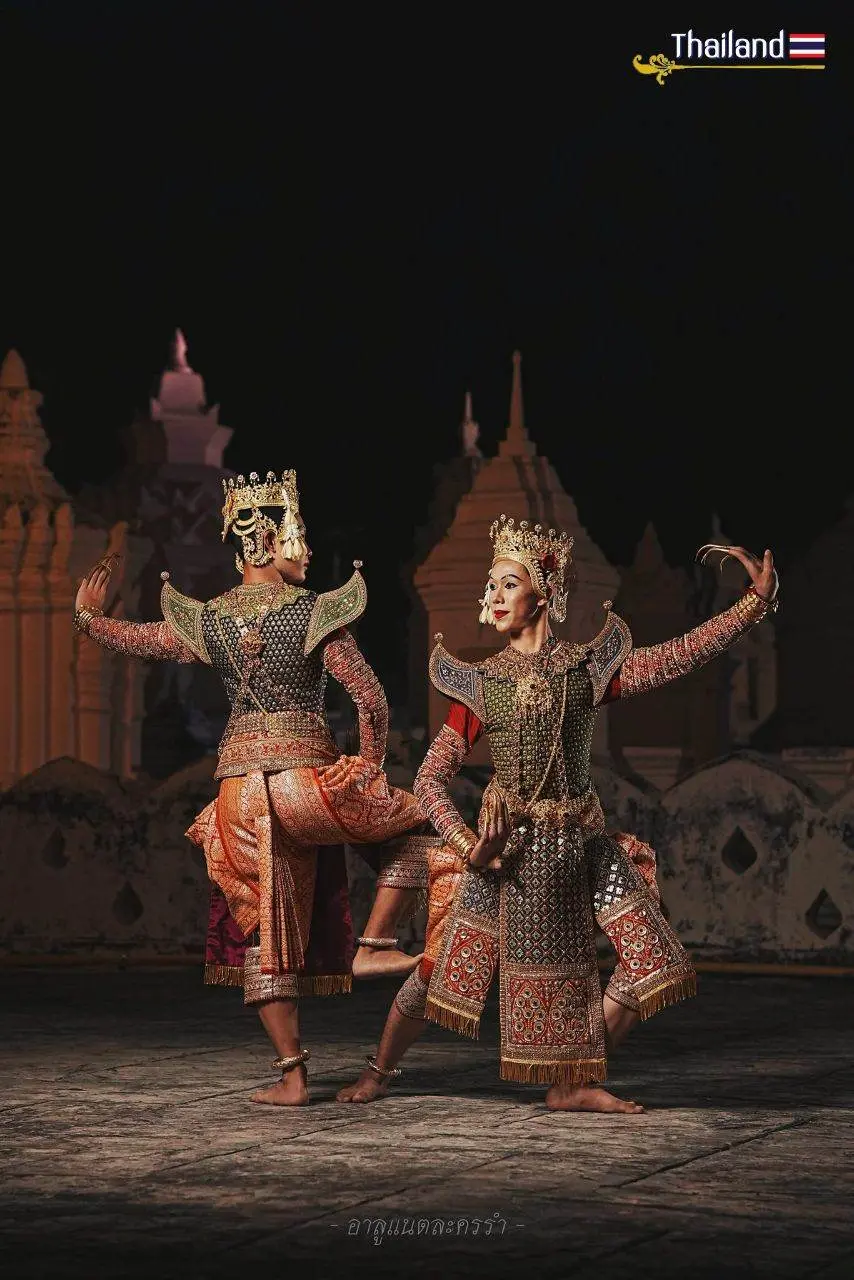
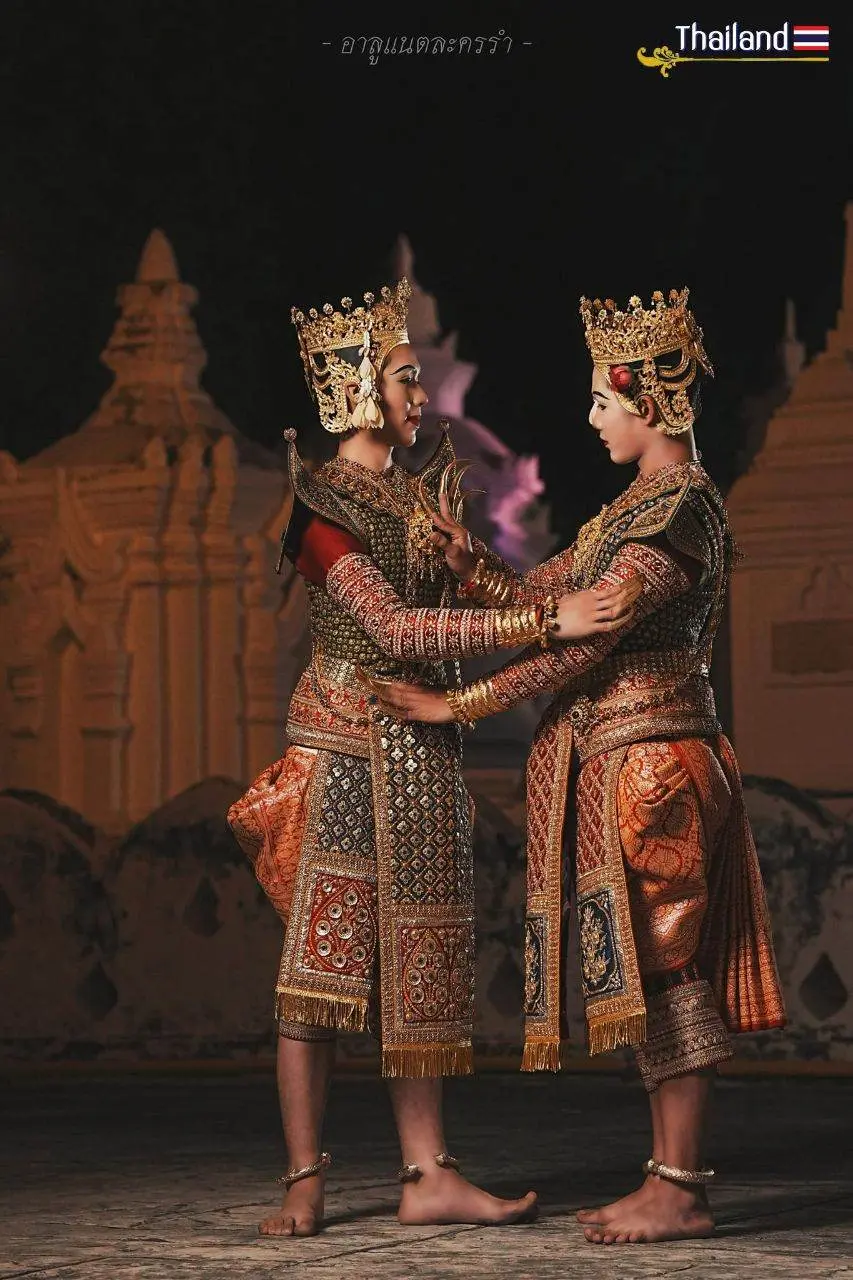
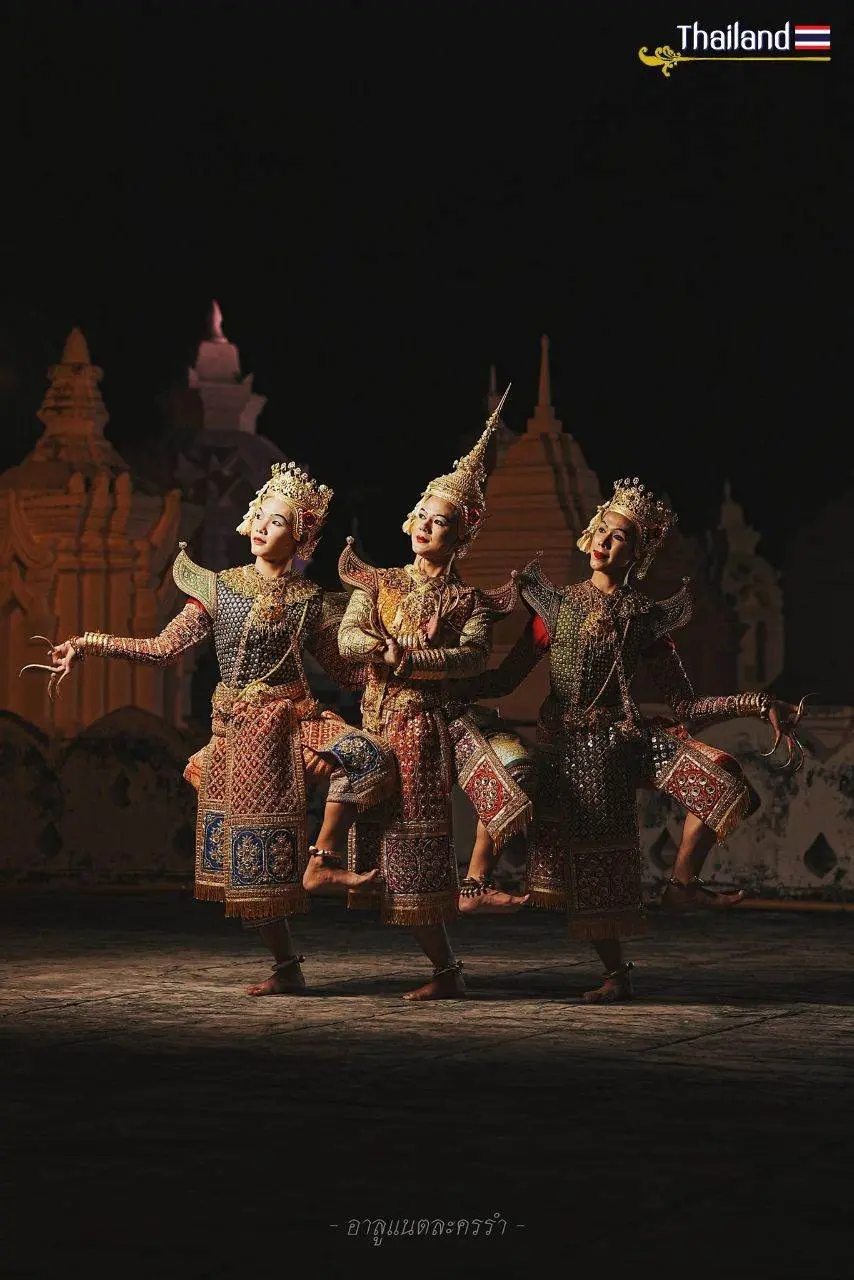
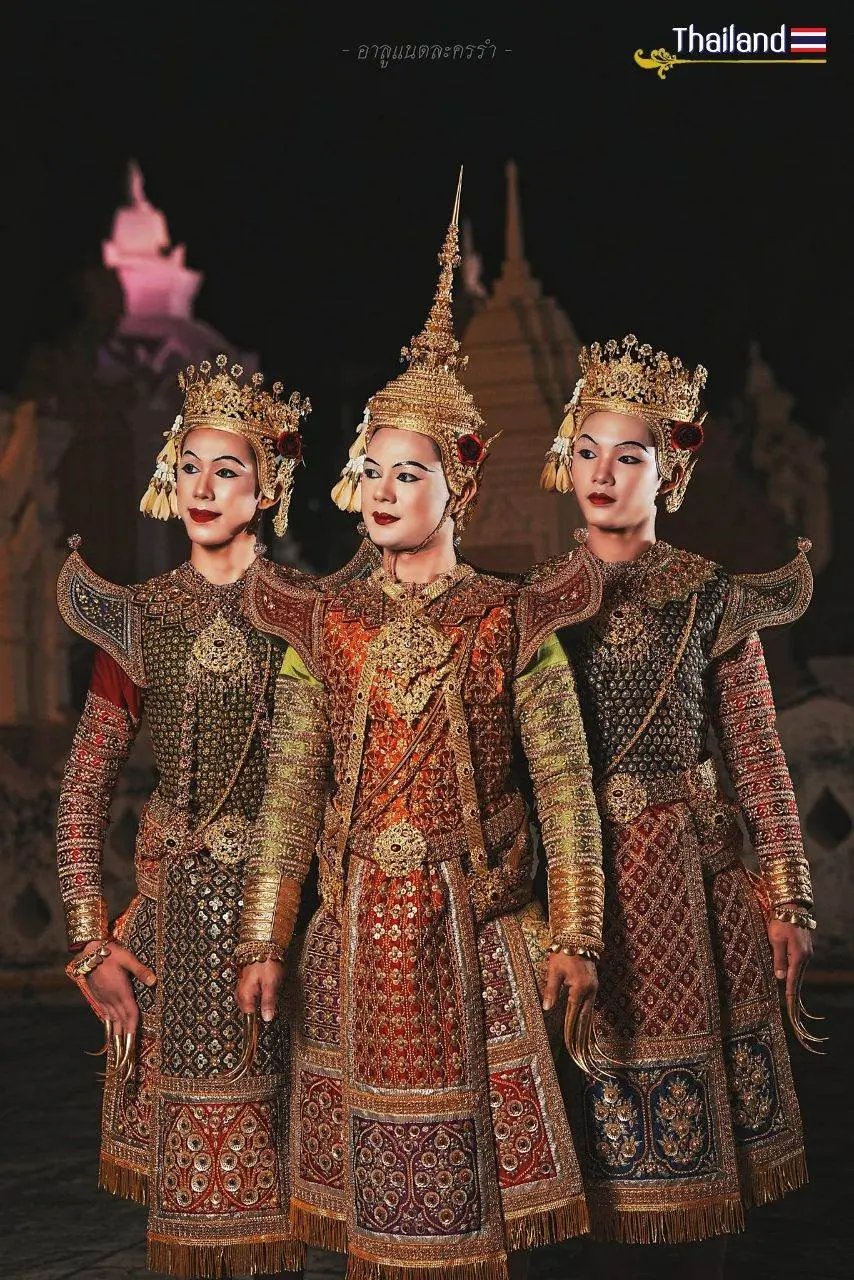
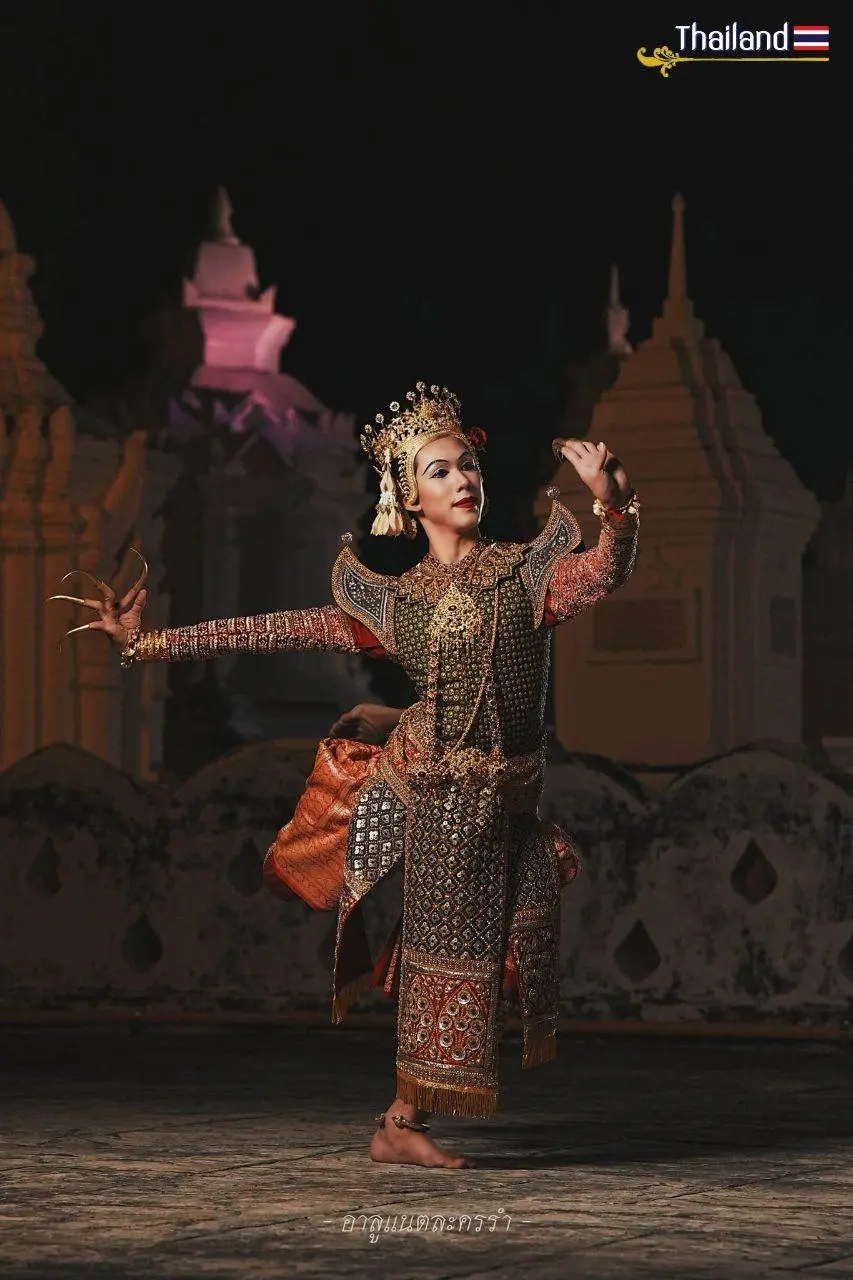
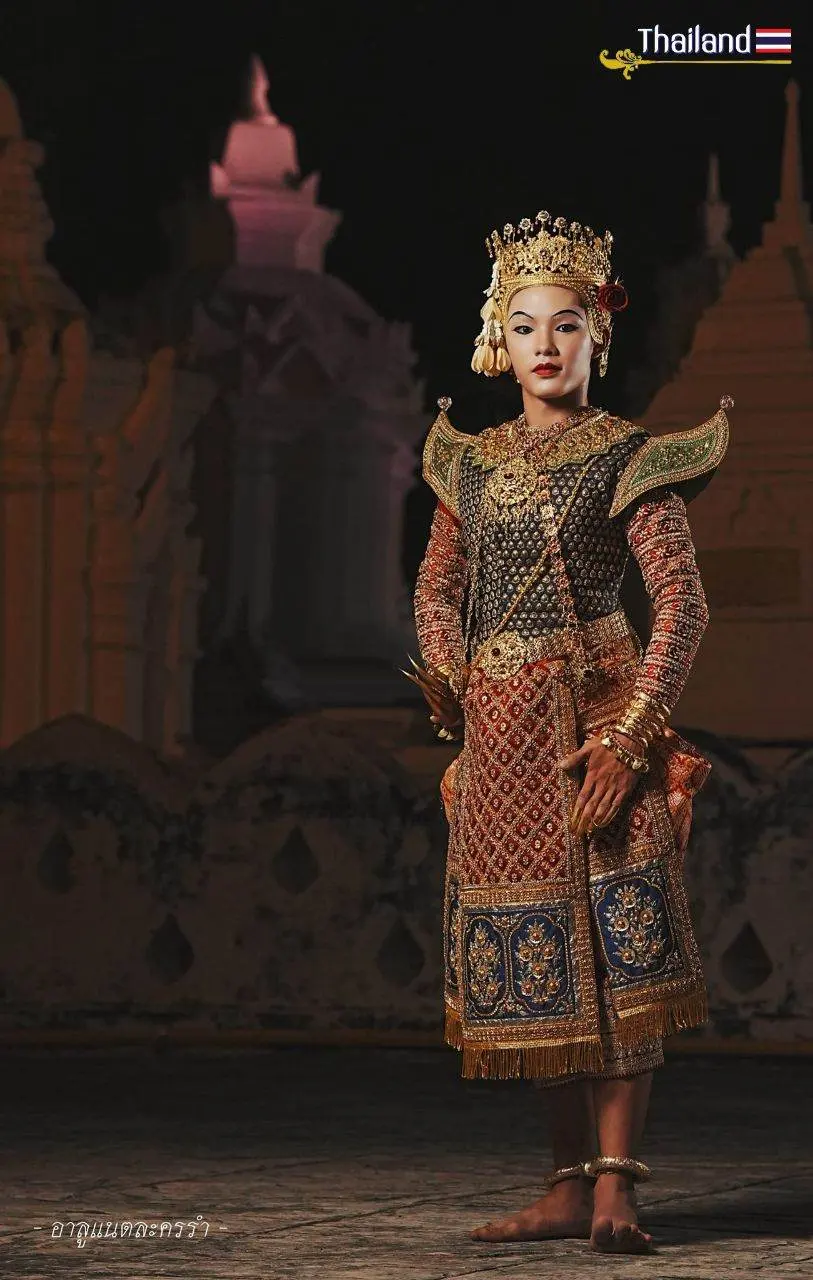
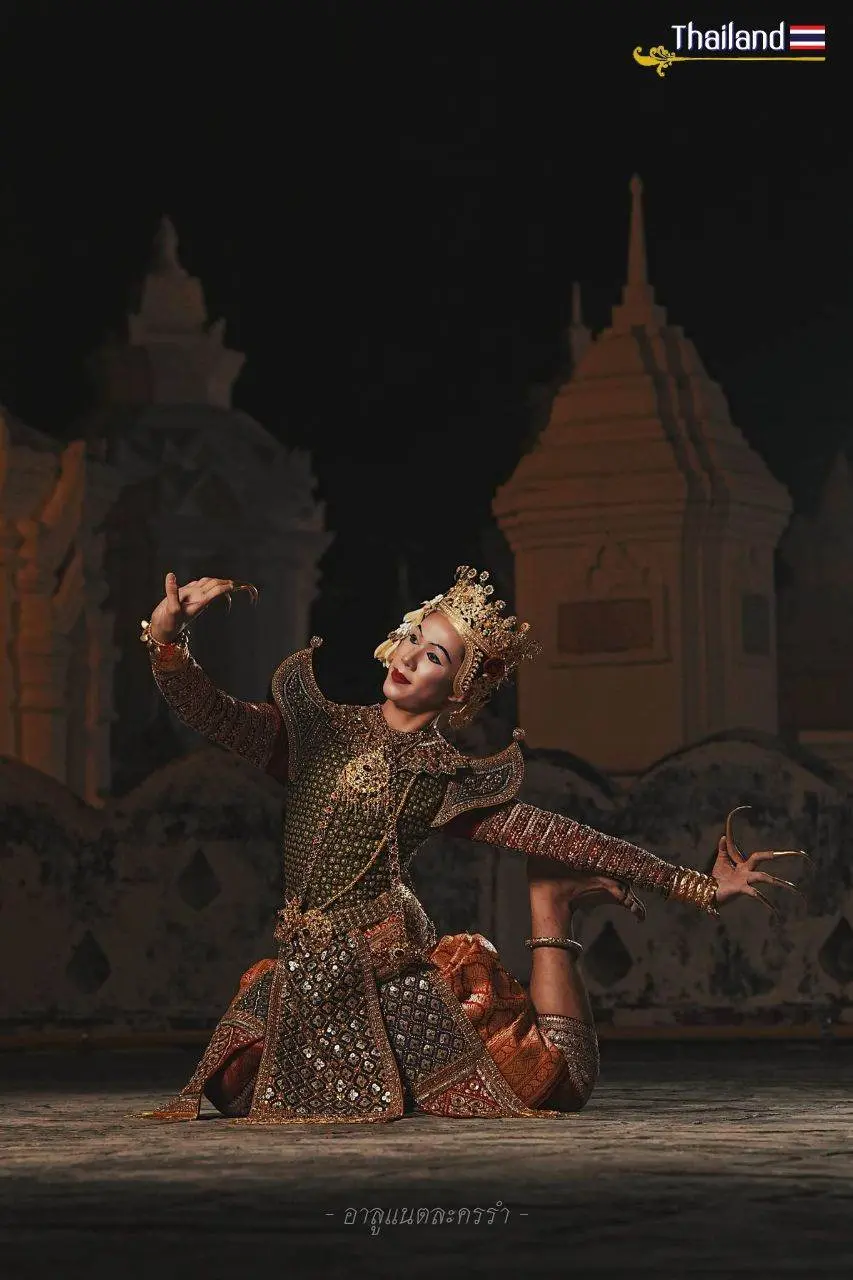
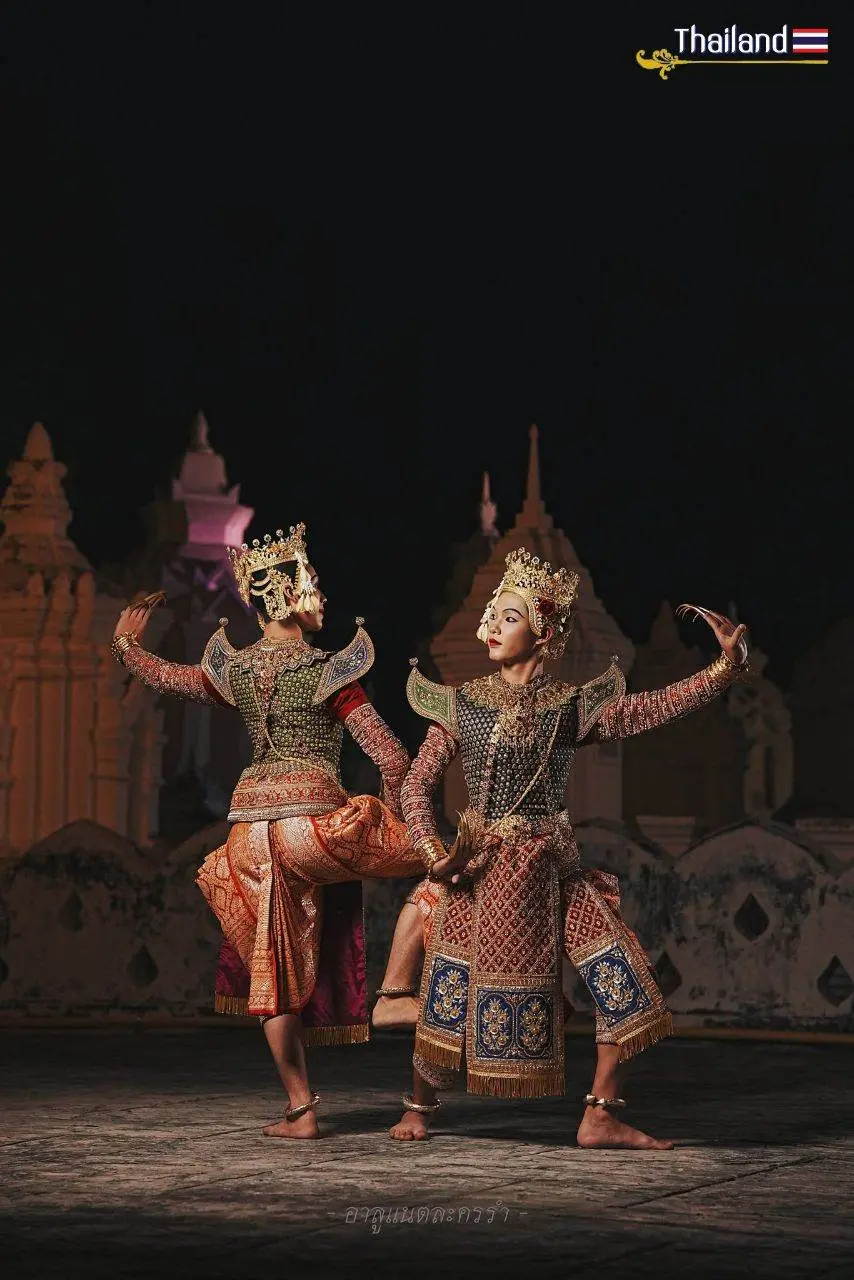
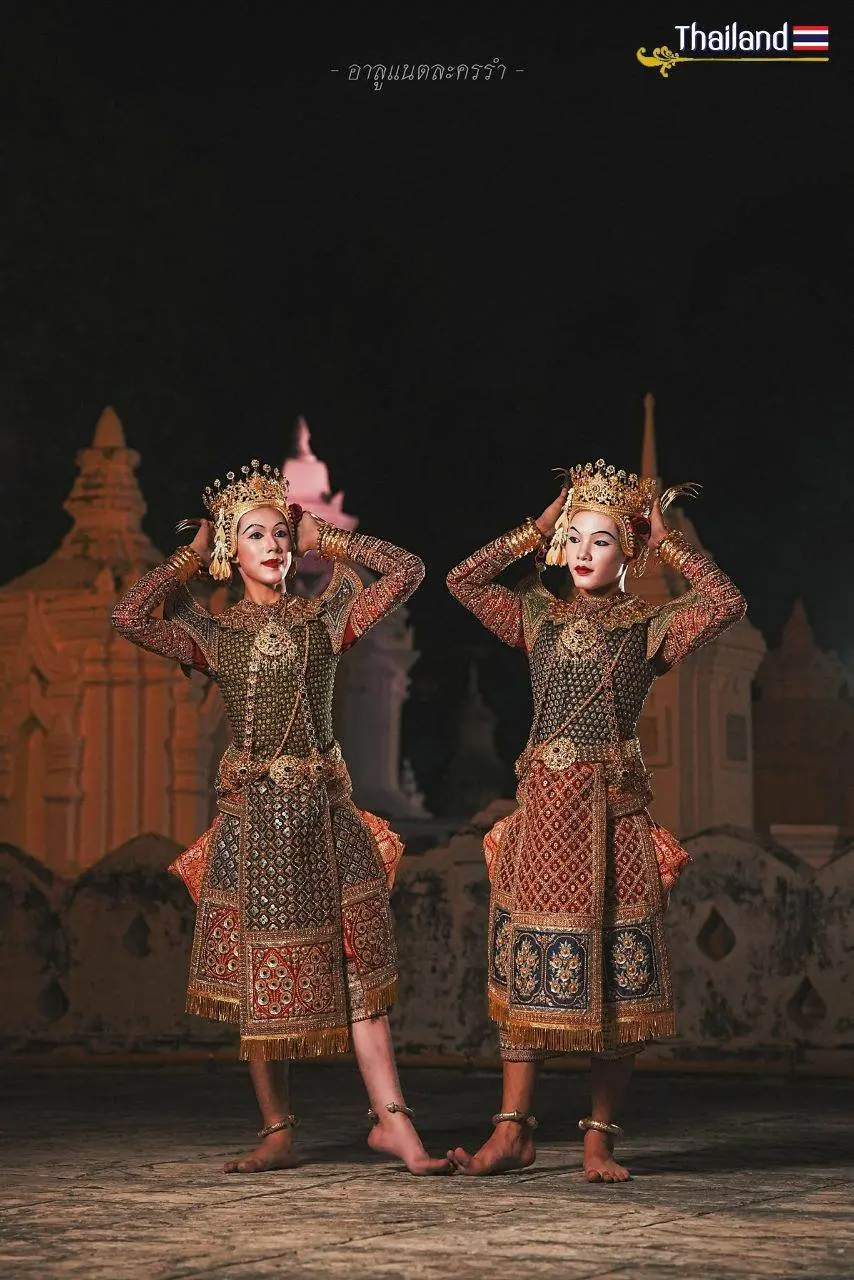
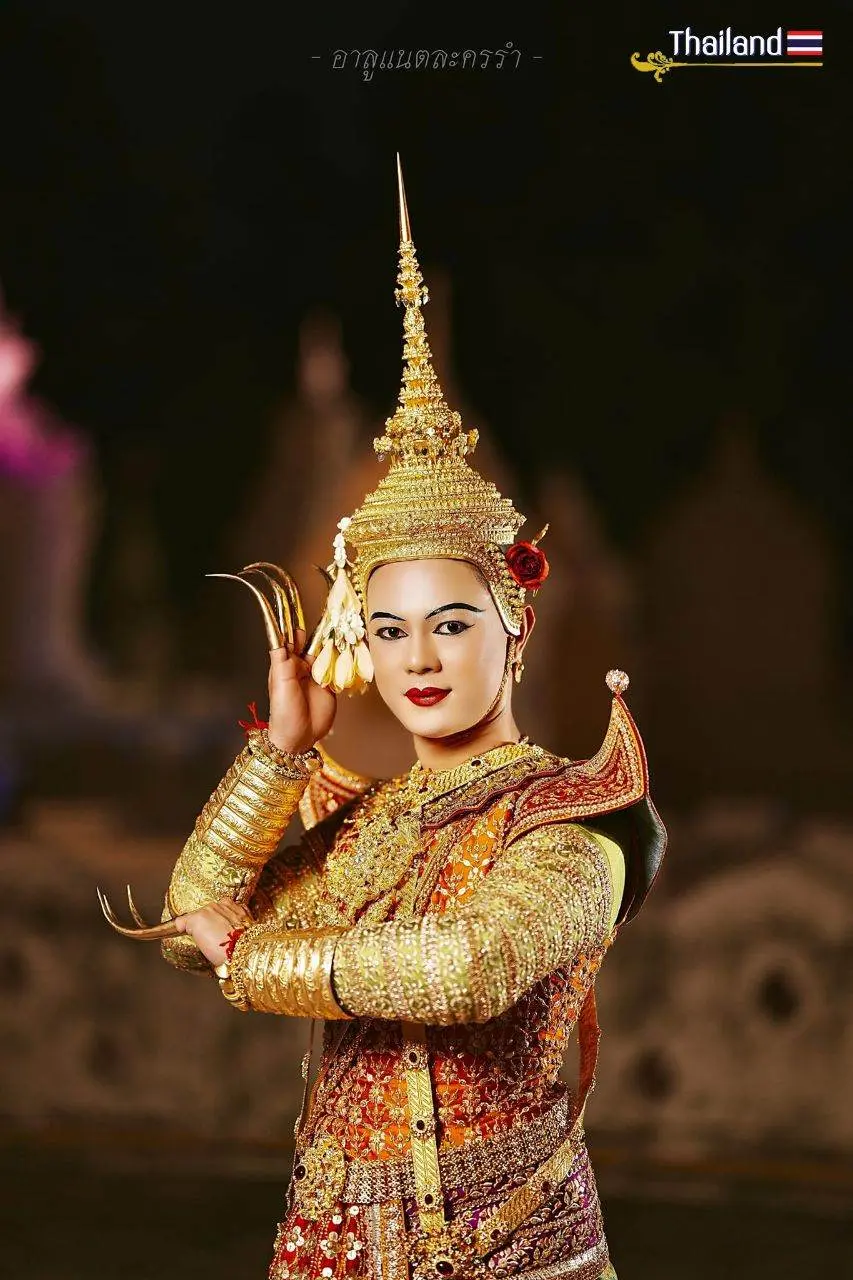
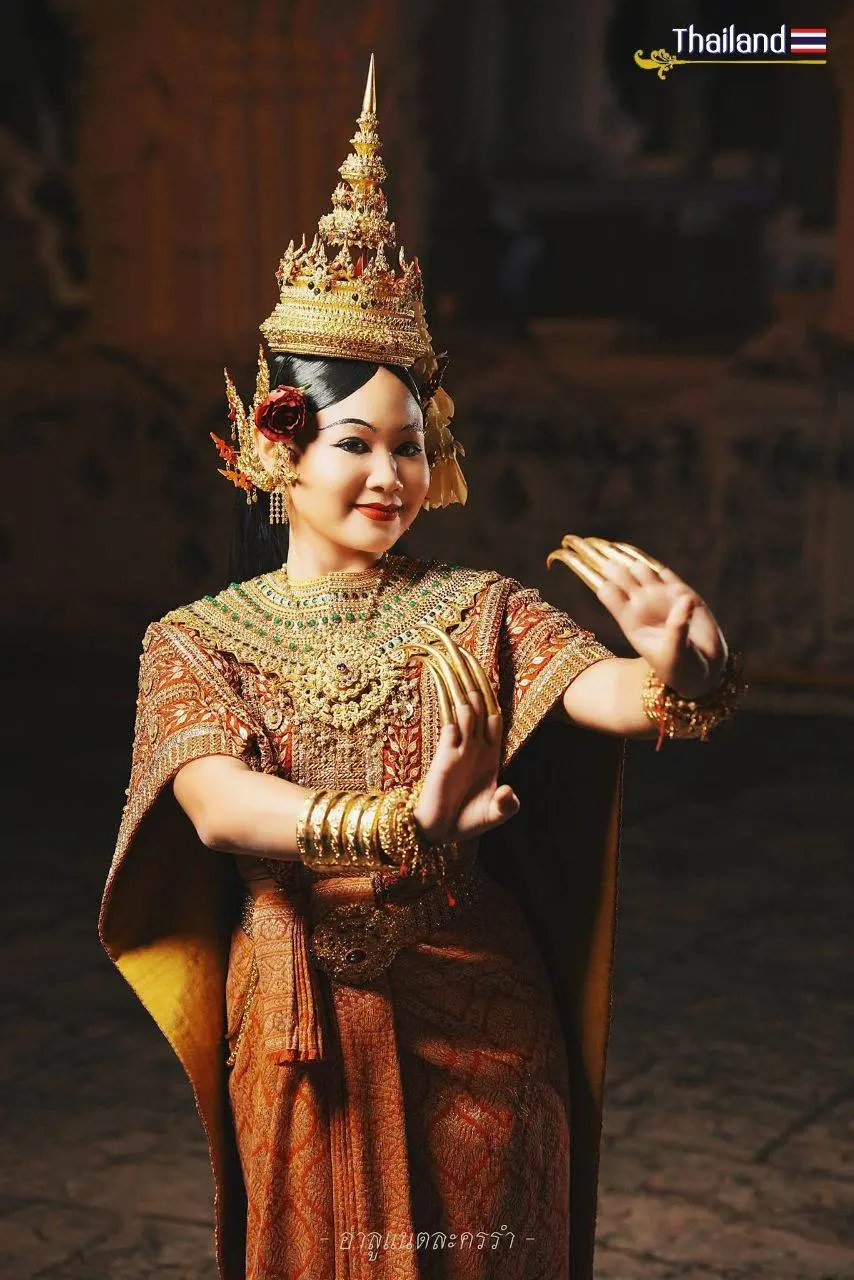
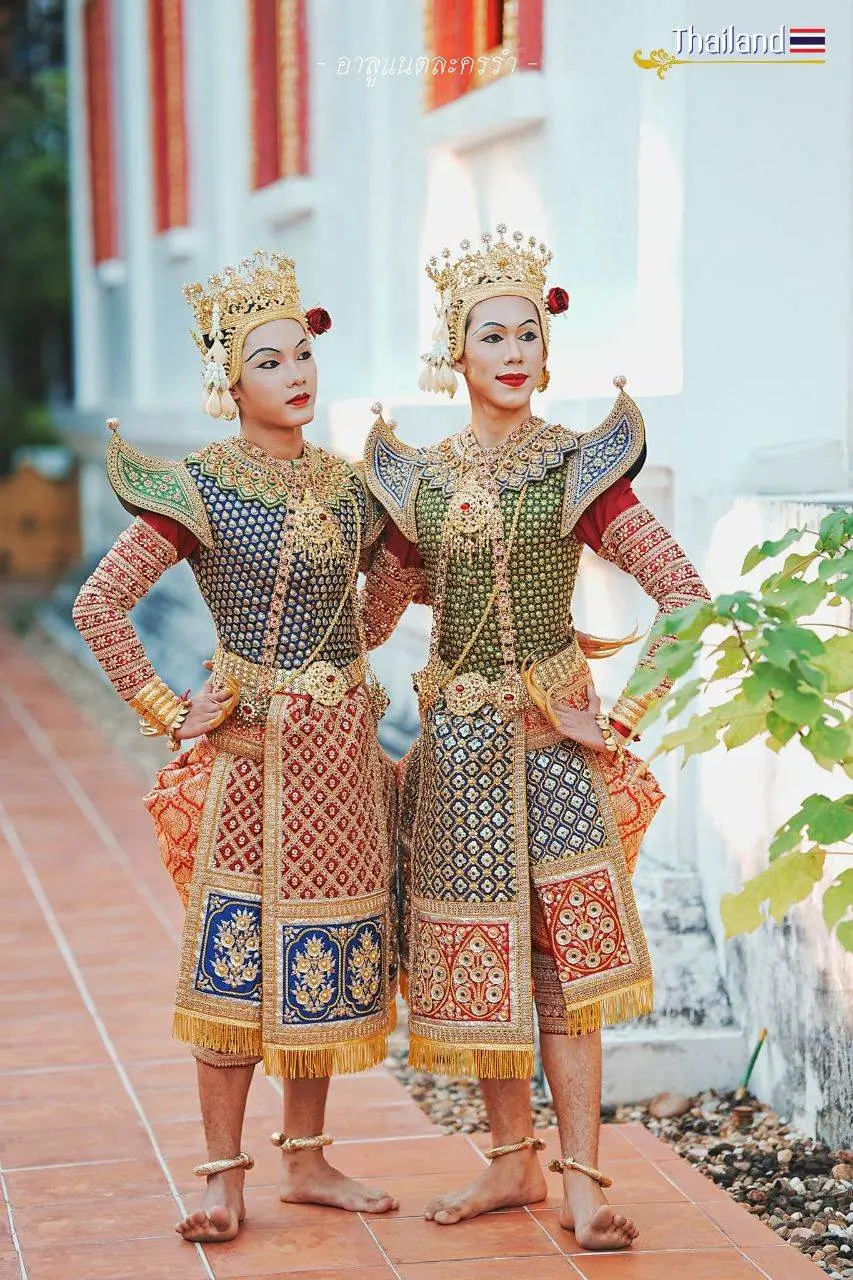
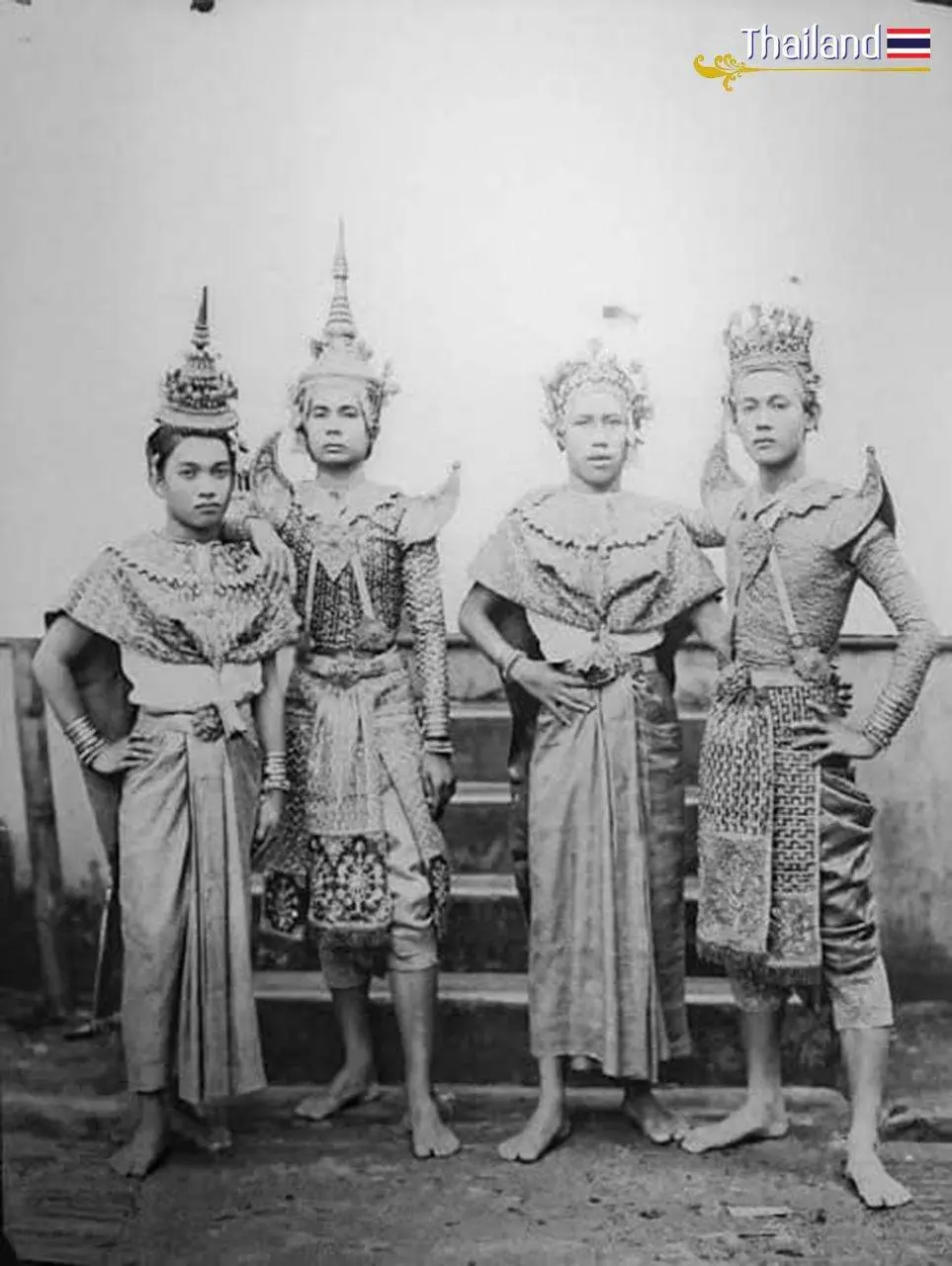
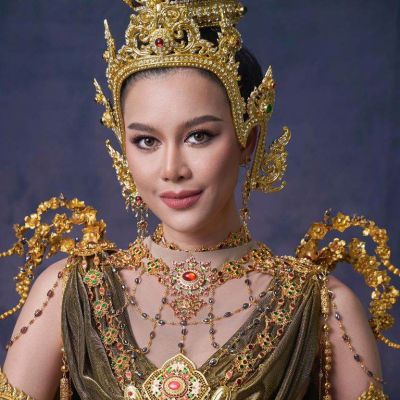 THAILAND 🇹🇭 | Thai Dress of Miss Grand Thailand 2020. "Pattani"
THAILAND 🇹🇭 | Thai Dress of Miss Grand Thailand 2020. "Pattani"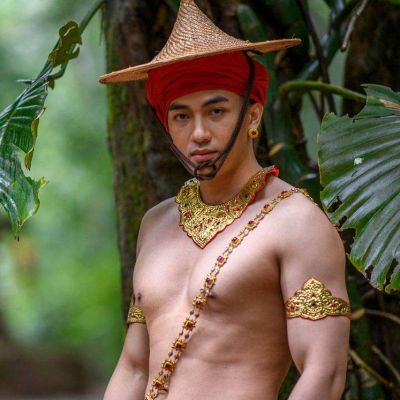 Tai Yuan ethnic: ไท-ยวน | THAILAND 🇹🇭
Tai Yuan ethnic: ไท-ยวน | THAILAND 🇹🇭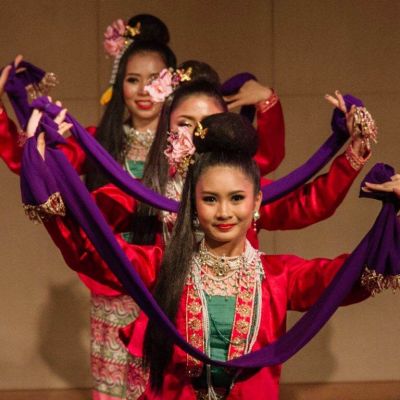 THAILAND 🇹🇭 | "Fon Man Mui Chiang Ta" ฟ้อนม่านมุ้ยเชียงตา
THAILAND 🇹🇭 | "Fon Man Mui Chiang Ta" ฟ้อนม่านมุ้ยเชียงตา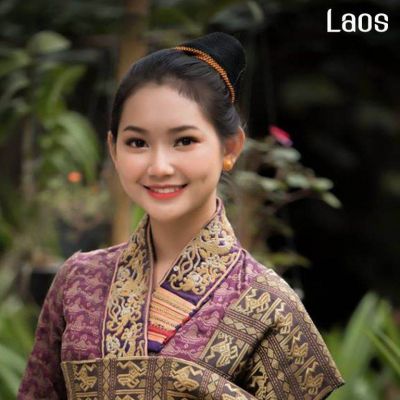 Laos 🇱🇦 | Laos traditional dress. ຊຸດລາວ - ການແຕ່ງກາຍຂອງແມ່ຍິງລາວ
Laos 🇱🇦 | Laos traditional dress. ຊຸດລາວ - ການແຕ່ງກາຍຂອງແມ່ຍິງລາວ